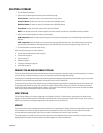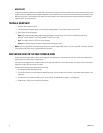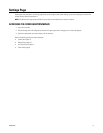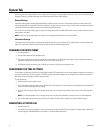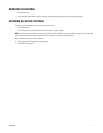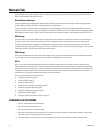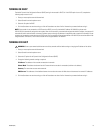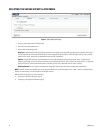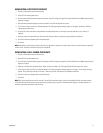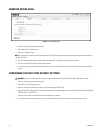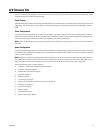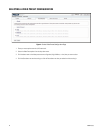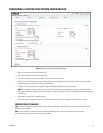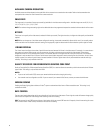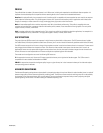
20 C4659M (4/10)
SELECTING THE SECURE SOCKETS LAYER MODE
Figure 2. SSL Configuration Page
1. Place your mouse pointer over the Network tab.
2. Select SSL from the drop-down menu.
3. Select one of the following modes:
Required: A signed Secure Sockets Layer (SSL) certificate must be installed, and a secure URL that begins with the protocol name “https:”
must be used to access the encoder. Sensitive data is always encrypted during transmission. A URL that begins with the "http:" protocol
rather than the “https:” protocol will be redirected to the secure URL automatically.
Optional: A signed SSL certificate must be installed, but a secure URL that begins with the protocol name “https:” is optional when
accessing the encoder. You can also access the encoder using a standard URL with the “http:” protocol, but sensitive data is not encrypted
during transmission. To ensure that sensitive data is encrypted, you must use a secure URL with the “https:” protocol.
Disabled (default): Turns off access to the Web client through SSL. Sensitive data will not be encrypted during transmission.
NOTE: If the SSL mode is set to disabled, you cannot access the encoder using a URL that begins with an “https:” protocol. Your Web browser
displays an error message if you do not type the encoder URL correctly.
Refer to the following sections for more information:
• Generating a Certificate Request on page 21
• Generating a Self-Signed Certificate on page 21




